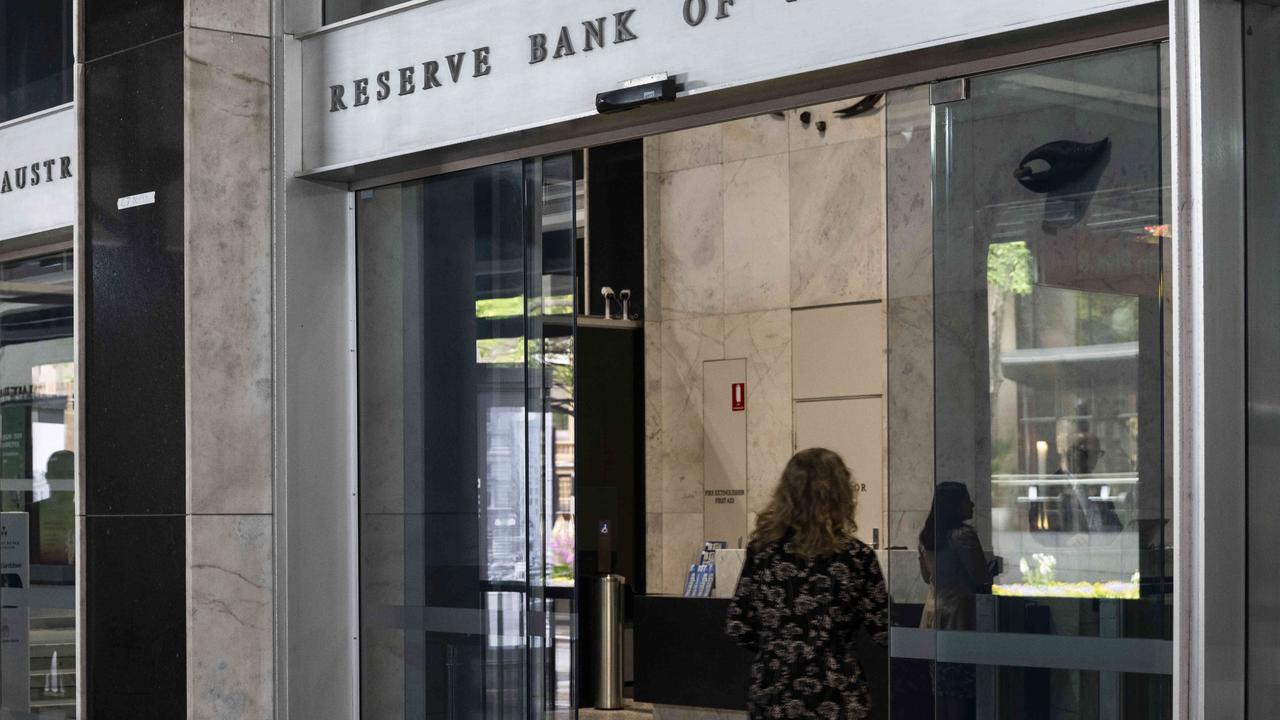The Reserve Bank has spared borrowers fresh pain, but households holding out for rate cuts have had their hopes dashed with relief still expected to be months away.
In a statement after the decision was announced at 2.30pm on Tuesday, the RBA said “a further increase in interest rates cannot be ruled out.”
“The path of interest rates that will best ensure that inflation returns to target in a reasonable time frame will depend upon the data and the evolving assessment of risks,” the statement said.
Ahead of the decision, the central bank was almost universally expected to keep the cash rate on hold at 4.35 per cent at its first meeting for 2024 following softer-than-expected CPI figures that showed inflation eased to just 4.1 per cent in the year to December.
“While recent data indicate that inflation is easing, it remains high. The Board expects that it will be some time yet before inflation is sustainably in the target range,” the board statement said.
With analysts and economists in almost unanimous agreement that the RBA has finished its aggressive campaign to tame inflation, they will closely scrutinise the board’s statement and fresh forecasts for clues on the timing and speed of anticipated rate cuts.
On Monday, bond traders revised their bets on the timing for an easing of monetary policy.
Money markets now imply a 57 per cent chance of a cut at the RBA’s June’s meeting, down from 94 per cent odds on Friday, but remain fully priced for a rate cut in August, with further easing in November.
Among economists, the timeline for a reprieve from soaring interest rates is mixed.
Last week, Deutsche Bank analysts said there was a “conceivable” path that would enable the RBA to ease monetary policy from May if current trends on underlying price pressures continued to work their way through the economy.
But HSBC chief economist Paul Bloxham said rate cuts remained a “distant prospect” due to Australia’s dismal productivity performance that he noted was “one of the poorest across the developed world”.
“Without a lift in productivity, rate cuts may be a distant prospect. If productivity can be improved, rate cuts could be considered sooner,” Mr Bloxham said.
The Paris-based Organisation for Economic Co-operation and Development (OECD) has also hosed down expectations of multiple rate cuts this year, cautioning that interest rates would need to stay “restrictive in most major economies for some time to come”.
“Monetary policy needs to remain prudent to ensure that underlying inflationary pressures are durably contained,” the OECD said in its updated world economic outlook.
It expects consumer price growth to fall to 3.5 per cent by the middle of the year and then ease further to 2.75 per cent by mid-2025.
Tuesday’s cash rate call marks a new era for the RBA, which will now hold eight, two-day board meetings a year, simultaneously release fresh forecasts alongside the decision and hold a post-meeting press conference.
The changes follow an independent review of the RBA that recommended a suite of measures designed to improve the bank’s communications and internal deliberations.
Economy cools ahead of cash rate call
In the last 20 months, the RBA has aggressively tightened monetary policy as it works to cool the economy and tame inflationary pressures that surged during the Covid-19 pandemic on the back of supply chain disruptions, labour shortages and surging aggregate demand.
But under the weight of 13 rate hikes and severe cost-of-living pressures, the economy has sharply deteriorated.
Fresh retail trade data showed consumer spending plunged in December over the usually popular Boxing Day sales, while the jobs market has also loosened, shedding more than 65,000 positions over the same month.
Indebted households have also been harshly affected. Borrowers with an average variable-rate mortgage of $585,000 are spending an additional $1513 on their monthly repayments.
The full effect of interest rates typically takes between 12 to 18 months to flow through the economy, meaning the economy could continue to sour in the months ahead.
